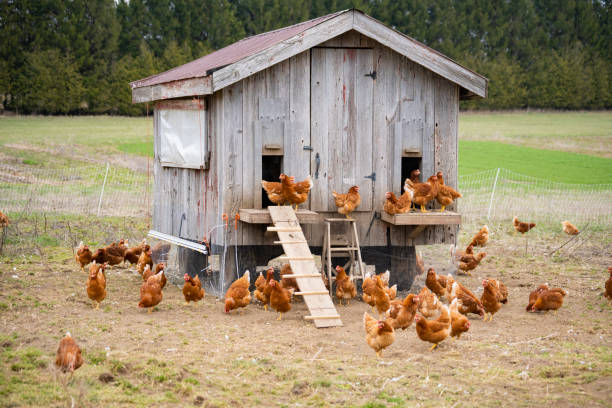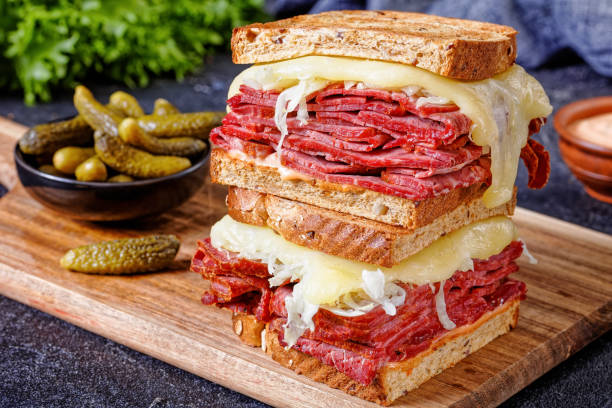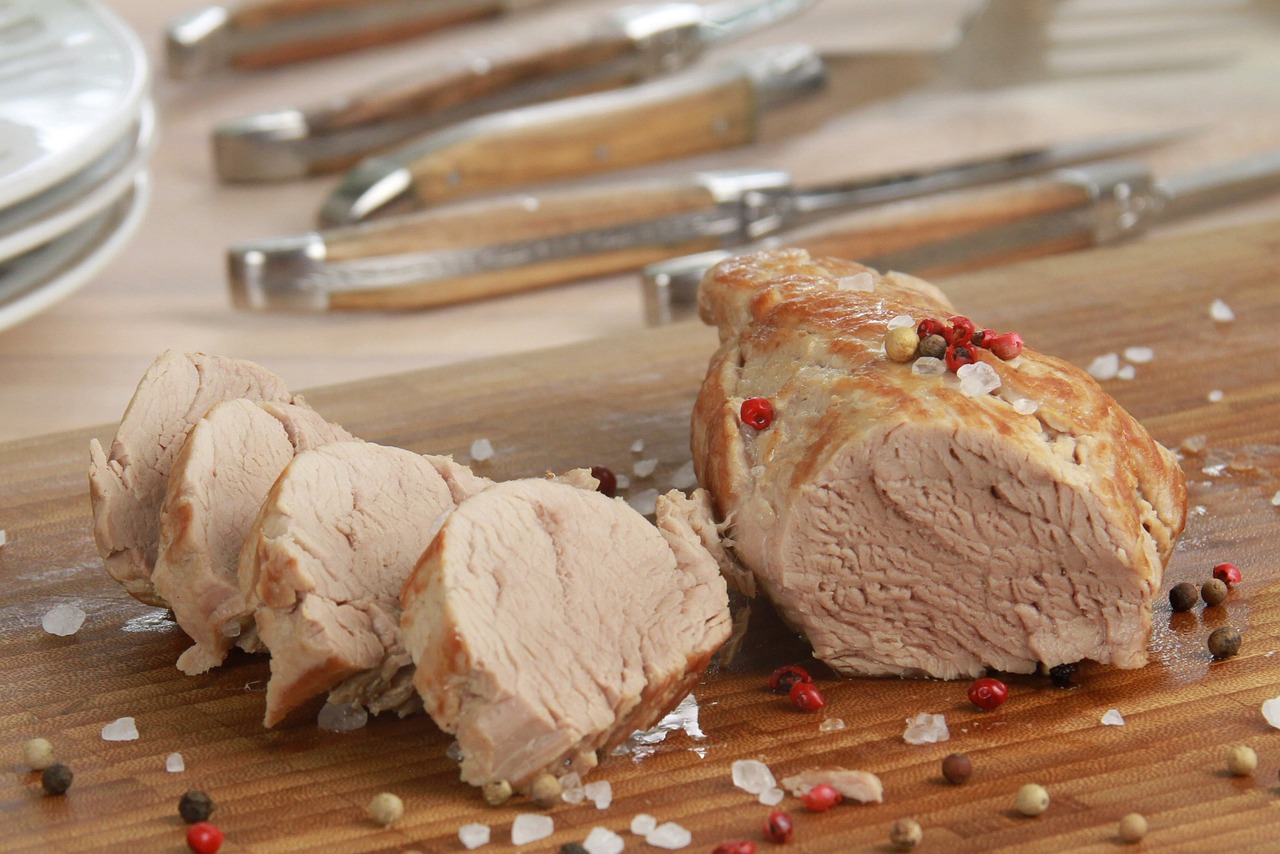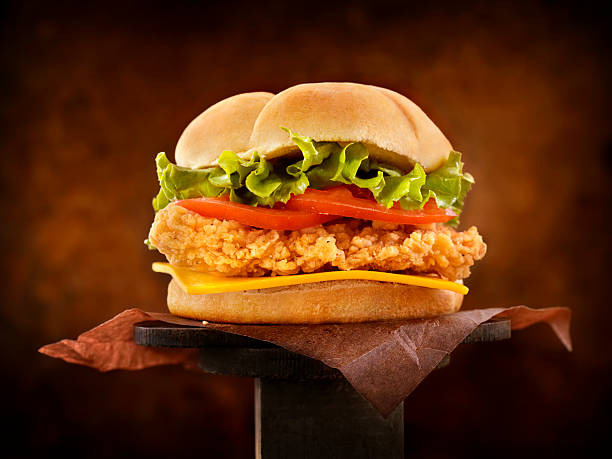Starbucks, a global coffeehouse chain known for its wide array of beverages, incorporates matcha into several of its offerings, including lattes and Frappuccinos. Matcha, a finely ground powder made from specially grown and processed green tea leaves, is celebrated for its vibrant color, distinct flavor, and numerous health benefits, such as high antioxidant content. “What Matcha Does Starbucks Use?” Starbucks uses a proprietary matcha blend, which is a mixture of sugar and ground Japanese green tea leaves. This blend allows for a balance between the traditional matcha flavor and a sweetness that appeals to a broad customer base. While purists might prefer matcha in its pure, unsweetened form, the Starbucks matcha blend caters to those who enjoy a sweeter, more approachable version of this traditional Japanese beverage.
What Exactly is Matcha?
Matcha is a powder made from ground green tea leaves. But not just any green tea makes matcha. The tea plants used for matcha are shade-grown for several weeks before harvest. This unique process increases chlorophyll production, boosting the rich green color. The shade growing also impacts the flavor, increasing the amino acid content to create a delicate, umami flavor.
Once picked, the leaves are steamed lightly to stop oxidation, retaining the vibrant color. The veins and stems are removed before the leaves are stone-ground into a fine powder. Unlike steeping loose tea leaves in water, matcha involves whisking the powder with hot water to suspend the entire leaf for consumption. This enables the full benefits of the leaves to be enjoyed rather than just soluble compounds.
The whole process makes matcha stand out for its verdant color, robustFlavor, and packedNutritionalbenefits. It provides antioxidants, amino acids like L-theanine, and a rare form of caffeine that causes sustained energy and focus for 6+ hours. With incredible demand in recent years, matcha has become ubiquitous. Trendy cafes feature matcha in lattes, baked goods, and even entrees. But does a mega brand like Starbucks really use real matcha in their menu drinks?
Does Starbucks Use Real Matcha?
The simple answer – yes. Starbucks does use real matcha powder sourced from green tea leaves in their matcha line. They use an imported powder made from shade-grown Japanese green tea leaves. However, it is important to note that Starbucks’ matcha is sweetened and primarily consists of culinary grade matcha, which is slightly more bitter than ceremonial grade matcha but complements the sweetness in Starbucks’ beverages.
What Brand of Matcha Does Starbucks Use?
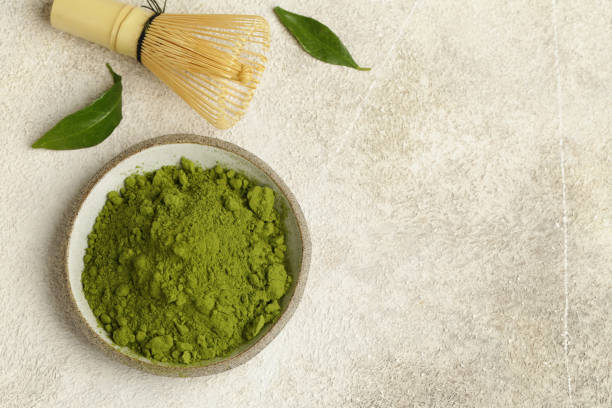
What Brand of Matcha Does Starbucks Use?
The matcha powder used at Starbucks comes from a specialty tea brand called Teavana. The “Teavana TM Matcha Japan” line is used in Starbucks matcha drinks like the Green Tea Latte and Matcha Lemonade. Teavana is a tea brand Starbucks acquired in 2012 to elevate their tea menu. The matcha is sourced from tea leaves in Japan and made from 100% pure green tea leaves grown using traditional shading techniques.
While made from real matcha, Teavana matcha does contain added sugar. Each 1/2 tsp serving contains 1g of sugar. Standard matcha has no added sweeteners. This added sugar impacts the nutrition and favors a sweeter Flavor profile ideal for pairing in milky, sweetened drinks like lattes. For matcha purists seeking the authentic lightly bitter flavor, this extra sugar should be noted. But for culinary purposes it complements the menu beverages.
The Growth Process of Starbucks Matcha
Even though it is not premium ceremonial grade, the Teavana matcha at Starbucks still comes from traditional shaded green tea plants. The leaves are grown under shade cloth filtering sunlight before harvest. This slow growth increases chlorophyll to create rich green leaves with a delicate Flavor. Once picked, the leaves are steamed, stemmed and deveined. Unlike balled green tea leaves, the matcha leaves are stone ground into fine powder ready for whisking. This powdered form allows the entire antioxidant and amino acid content to be consumed.
The Difference Between Culinary and Ceremonial Grades
To understand Starbucks’ matcha choice, it helps to distinguish the two main grades of matcha – culinary and ceremonial.
Culinary grade is made from older, more mature tea leaves. It has a duller green color and slightly more astringent flavor. The lower quality makes it ideal for adding to drinks, baked goods, and recipes. It blends well into sweetened or creamy items. Culinary matcha is budget-friendly and accessible for cooking. This is the grade used by Starbucks.
Ceremonial grade is the premium tier. It comes from the youngest, most tender hand-picked leaves and buds. Ceremonial grade features a stunning jade green color and delicate umami flavor. It is traditionally whisked with only hot water to highlight the pure, grassy flavor notes. The top grade has a higher price tag but provides exceptional flavor and health benefits. Ceremonial grade is enjoyed by matcha purists.
Starbucks opted for the more affordable culinary type to incorporate into drinks. The bolderFlavor pairs well with dairy and sweeteners like syrup and sugar. Culinary matcha complements the menu beverages, while keeping costs lower than the delicate ceremonial variety.
Why You Should Drink Authentic Matcha?

Why You Should Drink Authentic Matcha?
If you’re going to invest in Matcha, drink the real stuff! Here’s why:
- Intended flavor – Authentic Matcha actually tastes like green tea with fresh, balanced flavors.
- More nutrients – Real Matcha delivers higher antioxidant and amino acid levels from the whole leaves.
- Potentially fresher – Matcha powder expires after one year. Quality vendors often import small fresh batches direct from Japan.
- Cultural experience – Preparing and sipping traditional Matcha connects you to an ancient Japanese tea ritual.
- Better brewing – Ceramic whisks and proper technique properly mix and aerate quality Matcha powder.
When you ditch the sugar and milk, quality Matcha offers a smooth, savory flavor with floral and vegetal notes. Sipping traditional Matcha can be both calming and energizing. Take your time to enjoy its natural taste and contemplate its origins.
Matcha Drinks From Starbucks
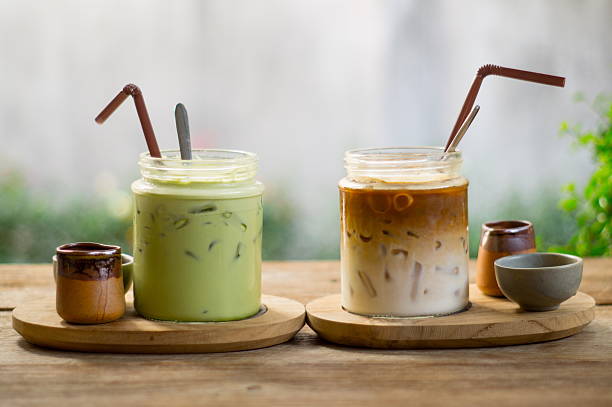
Matcha Drinks From Starbucks
Matcha enthusiasts can enjoy a range of green-hued beverages from Starbucks. Some popular choices include:
- Matcha Green Tea Latte – sweetened matcha with steamed milk
- Iced Matcha Green Tea Latte – iced version with milk and classic syrup
- Matcha Lemonade – combination of matcha powder, lemonade and ice
- Iced Matcha Tea – matcha powder shaken with ice and water
- Matcha Green Tea Crème Frappuccino – blended iced matcha drink
- Iced Matcha Green Tea – matcha powder with ice and water
Customizations are also available to SuitIndividual tastes. Customers can select milk types like dairy, soy, oat or almond. Sweetness can be adjusted with syrups, including sugar-free versions. Properly shaken or whisked, the culinary matcha blends smoothly into the icy, creamy, and sweetened Starbucks favorites.
Conclusion: What Matcha Does Starbucks Use
While not ceremonial quality, the matcha used at Starbucks does come from real Japanese green tea leaves grown using traditional shading techniques. The TeavanaTM Matcha Japan allows this mega brand to offer authentic matcha in popular drinks like lattes and lemonade. For matcha purists seeking a traditional preparation, independent cafes and purchasingSingle-originpowder are still ideal. But Starbucks uses real matcha in their menu beverages rather thanArtificialpowders or flavoring. Their mass market reach has certainly fueled matcha’s popularity and availability to the public. Though high in sugar, their drinks provide a convenient way to try this superfood ingredient.

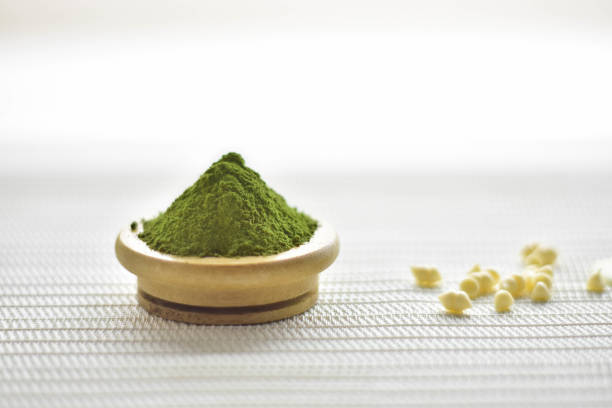
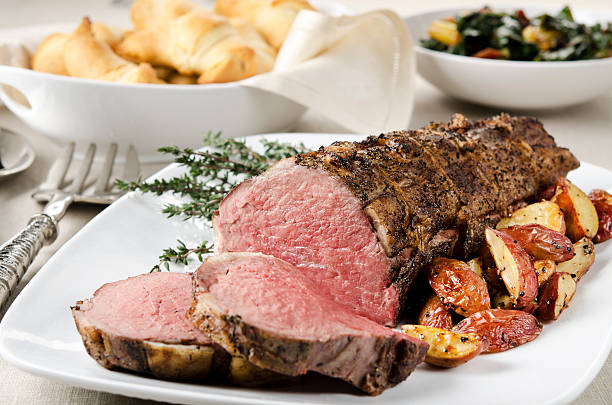
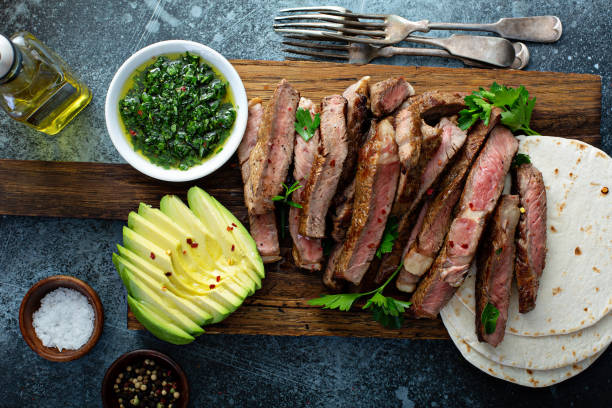
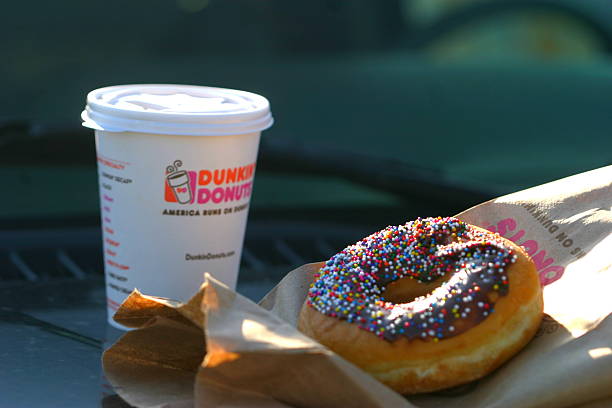
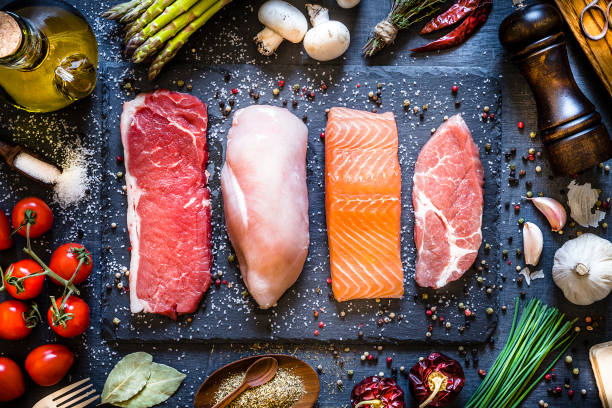
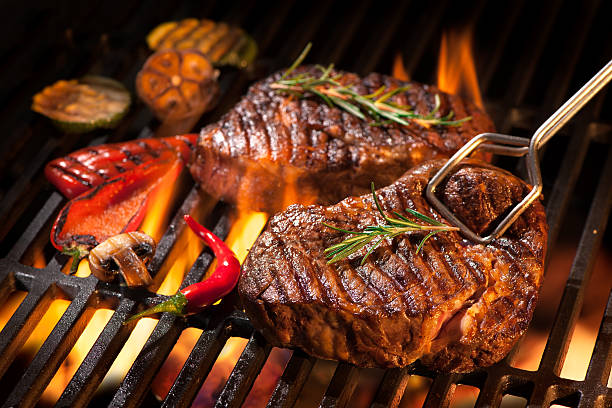


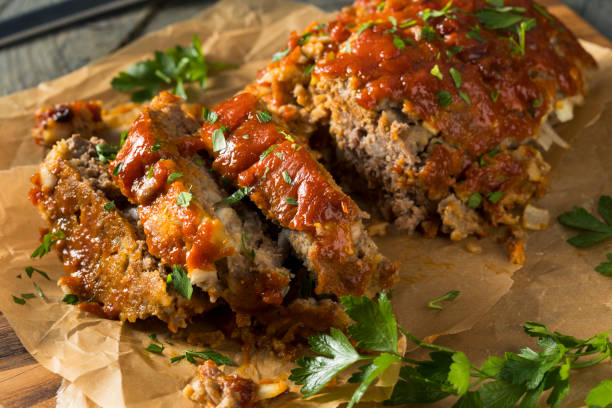
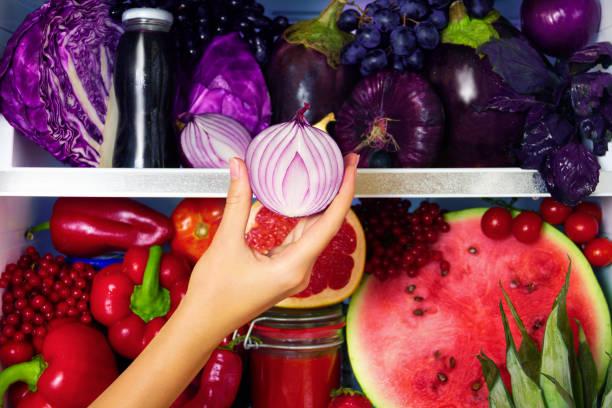
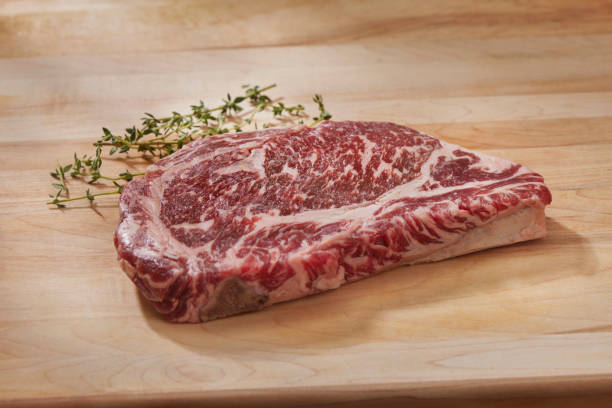
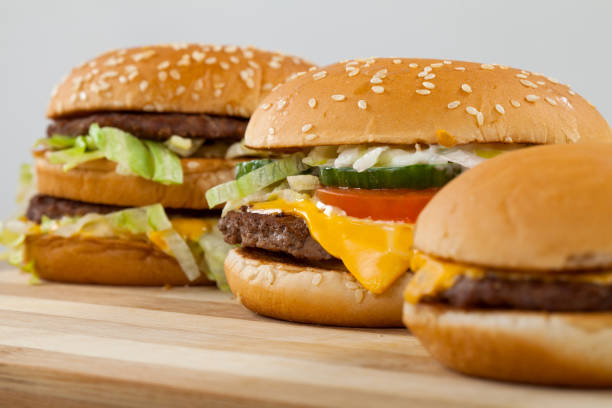
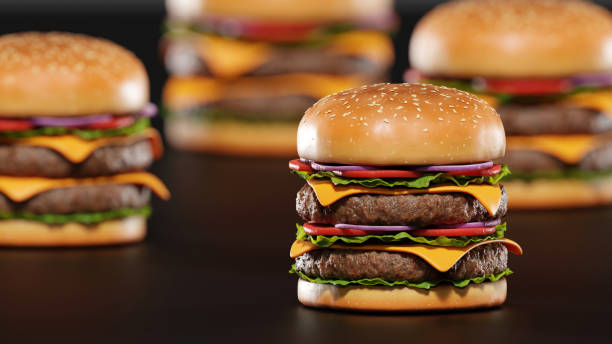
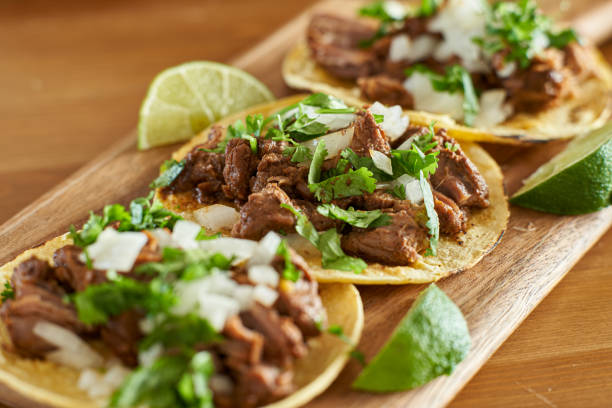
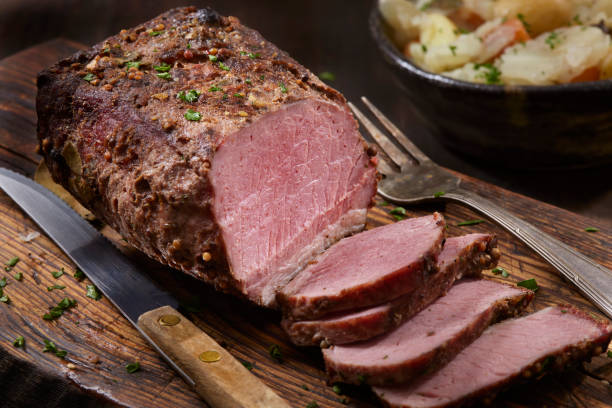
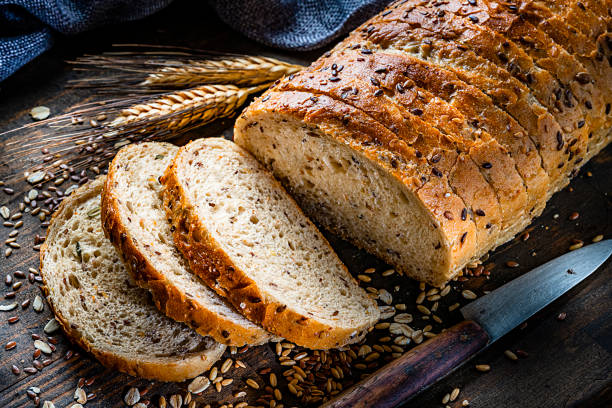
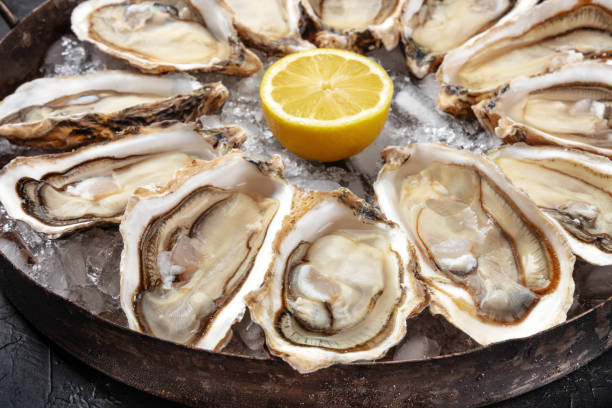
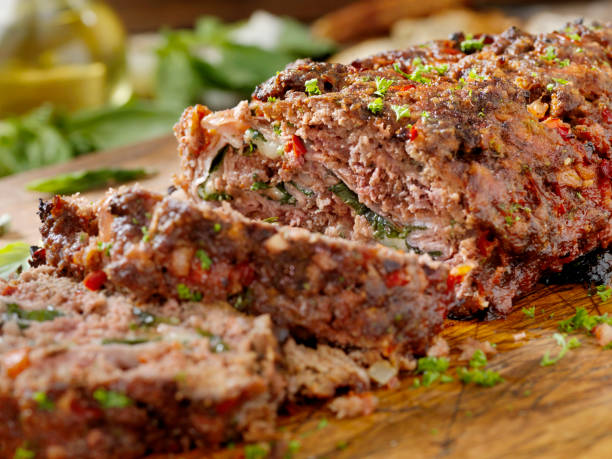
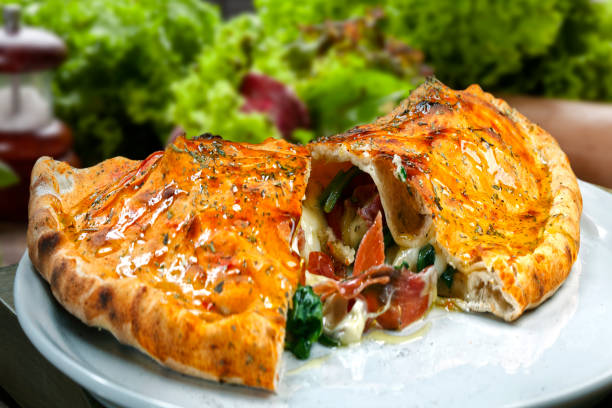
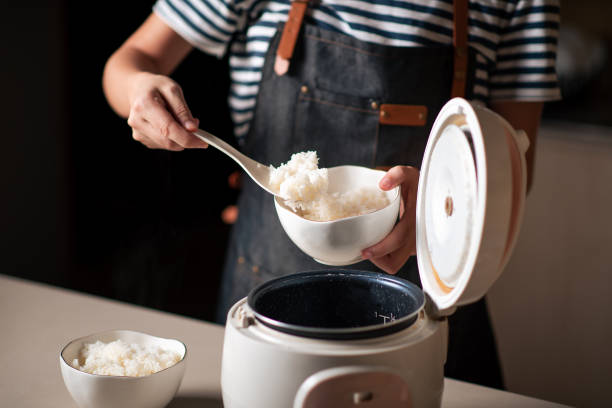
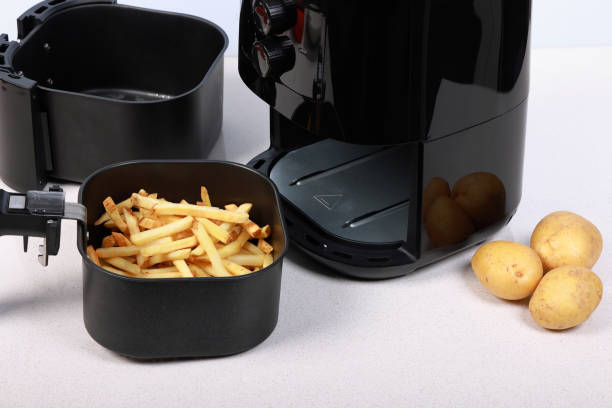
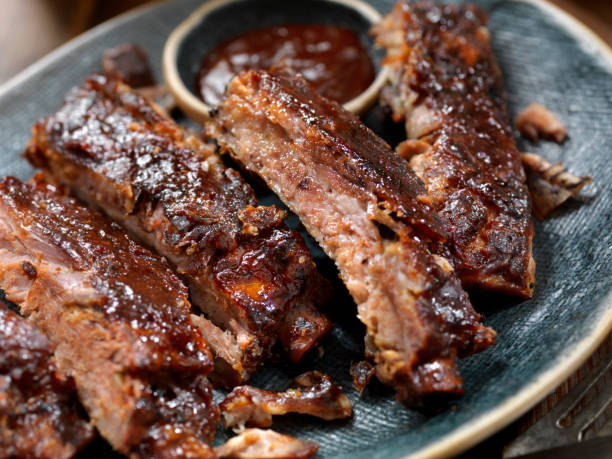
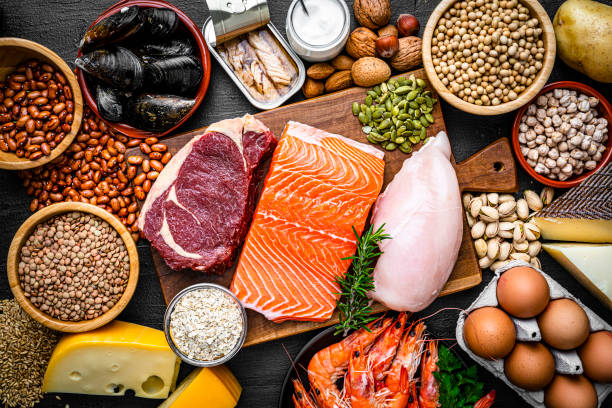
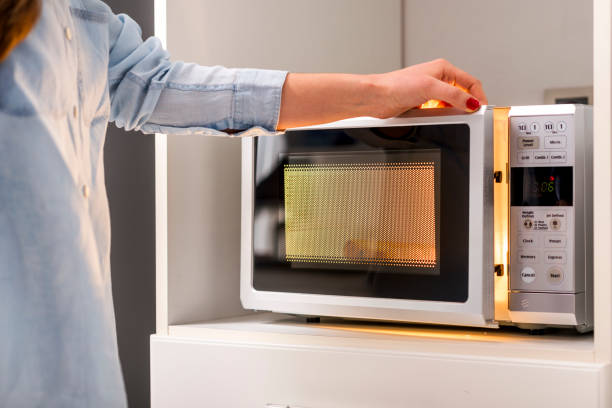
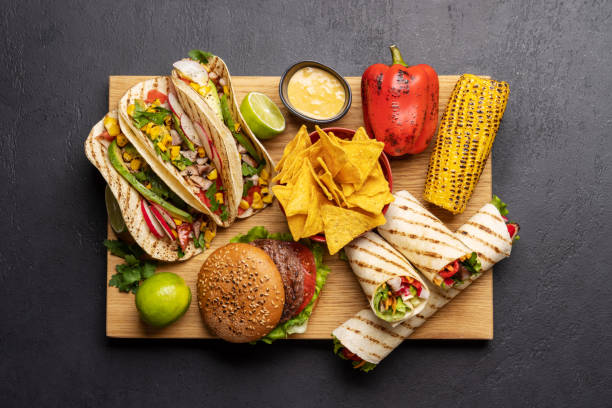

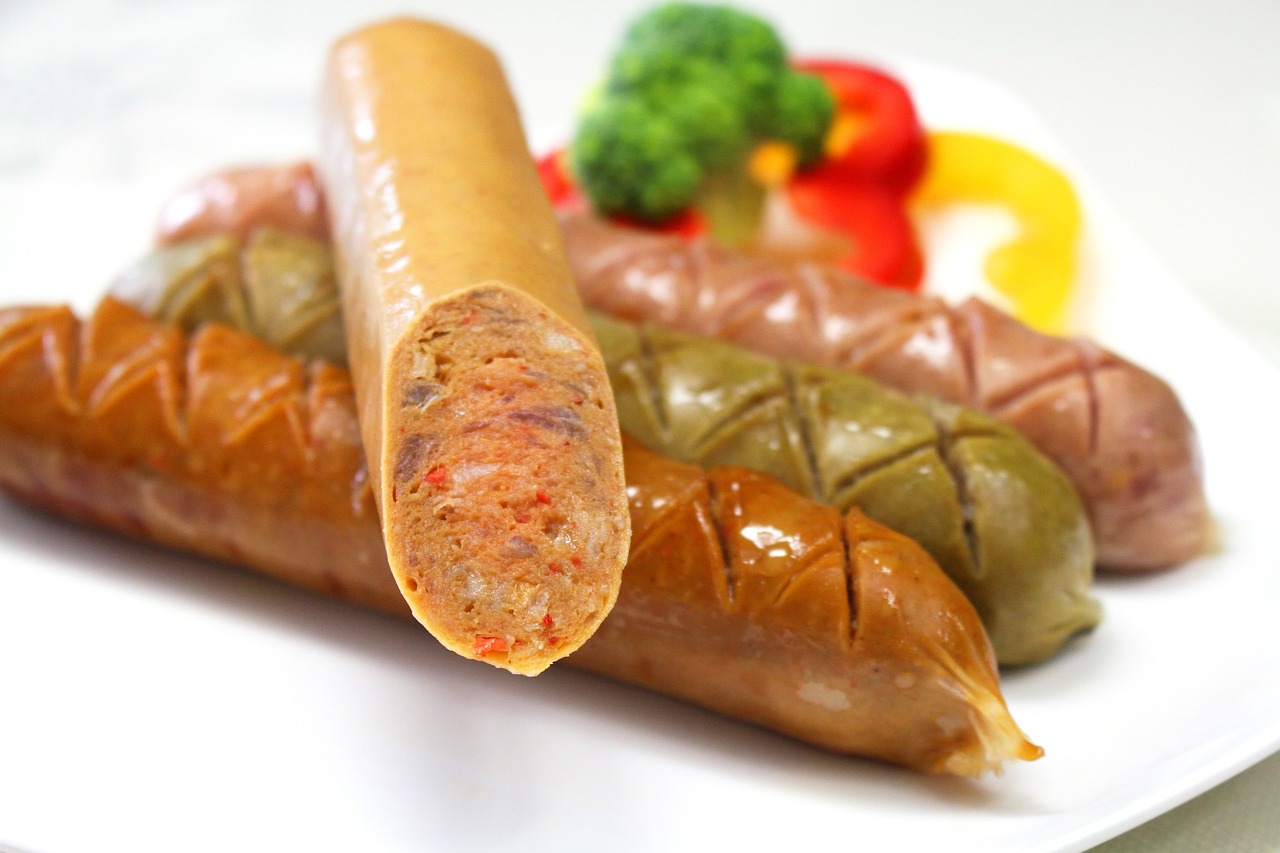

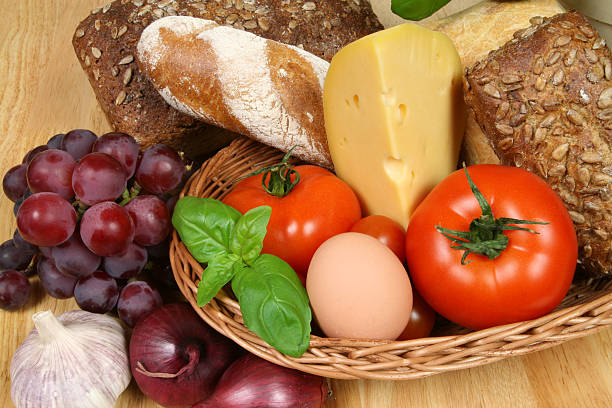
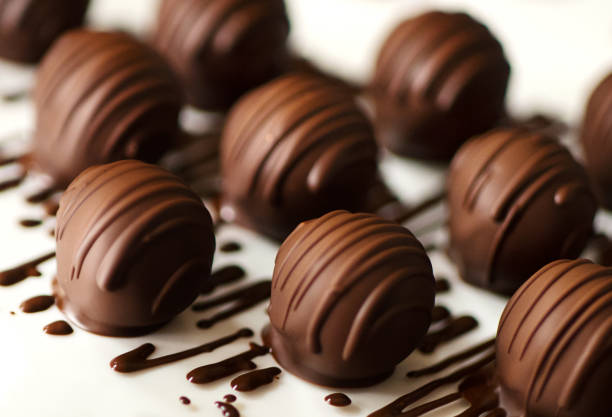
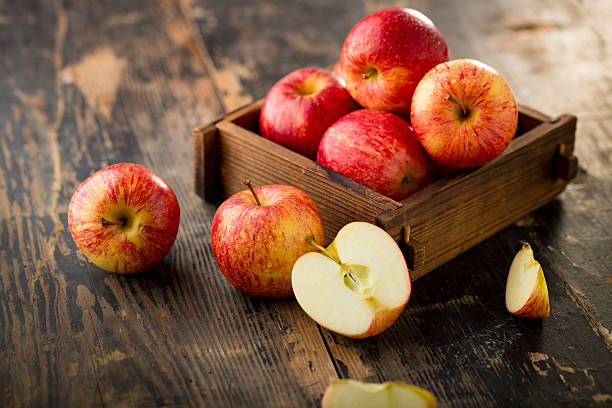
![America’s Best Wings Menu With Prices | Guides [Update 2023] America’s Best Wings Menu With Prices | Guides [Update 2023]](https://thesuntrapp.com/wp-content/uploads/2023/11/Screenshot-2023-11-16-020808.png)
